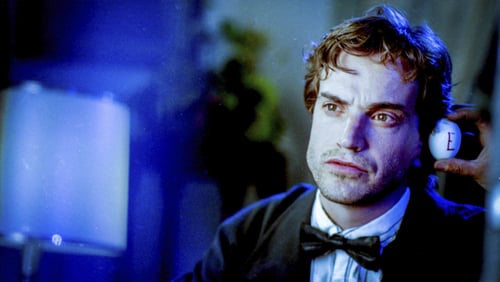
A lot of movies are released every year and, as we get more access to them (aside from movie theaters, there are a number of streaming services, DVDs, compilations and so on) we seem to get lost even amidst the multitude of options. It’s hard to know which movies are really worth watching and, even with the festival filters that draw attention to certain movies with their awards, and the criticism that is contributed by reviewing and commenting, it’s still hard to choose, and we always get the feeling that we are missing something.
The following list contains just a few of these recent films that may have been set aside by a large number of people. Even in such a list, it is necessary to establish some type of filter due to the large number of possible films. The criterion of choice was to add films that have been released over the last three years and which have a considerably lower rating on film-related websites and social networks.
10. 9 Fingers (2017) Directed by F.J. Ossang
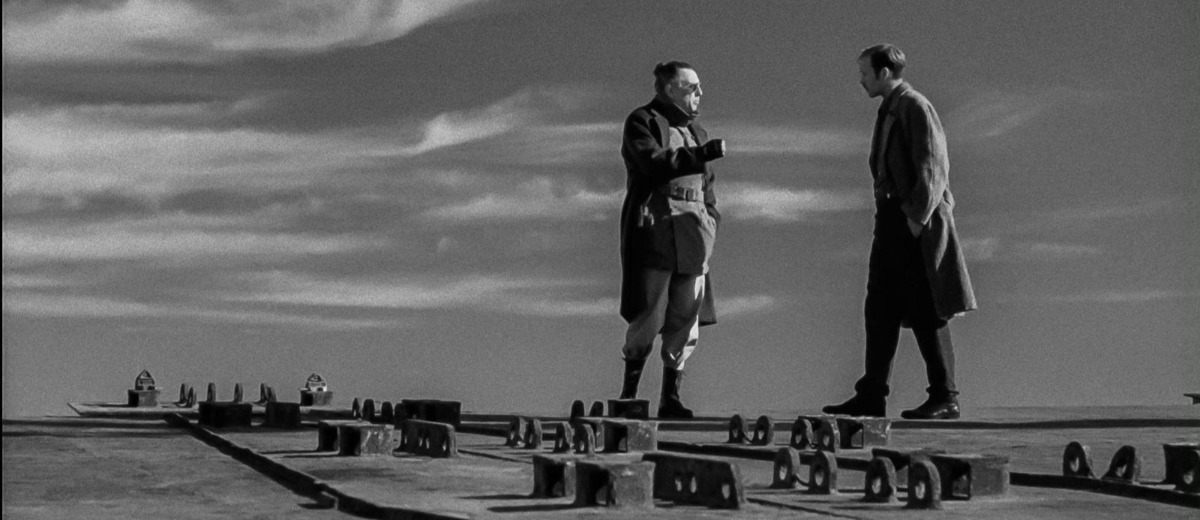
F.J. Ossang is a multifaceted French artist who permeates various fields such as literature and music, but it is in the cinema where he seems to be most successful. In his latest film, “9 Fingers,” which earned him the award for best director at the Locarno Film Festival, we follow the protagonist Magloire’s dark and claustrophobic journey through mysterious places, in a mind-blowing escape that we know little about.
The idea behind the narrative is simple but no less interesting: “9 Fingers” works with several well-known noir and thriller codes, but is always trying to contribute aesthetically and narratively by using these tools in an unconventional way, always with a very strong imagery. Throughout the film, Magloire will face gangs, femmes fatale, valuable artifacts, and obscure places.
“9 Fingers” is one of the most visually beautiful films of recent years, emulating a beautiful retro look that dates back to the 1940s and ‘50s noir films, not only because it is in black and white, but also because of its choice of shots and the pace of the editing. We can also notice a great aesthetic influence of films from an even earlier period, such as those of German expressionism.
9. Dovlatov (2018) Directed by Alexey German Jr
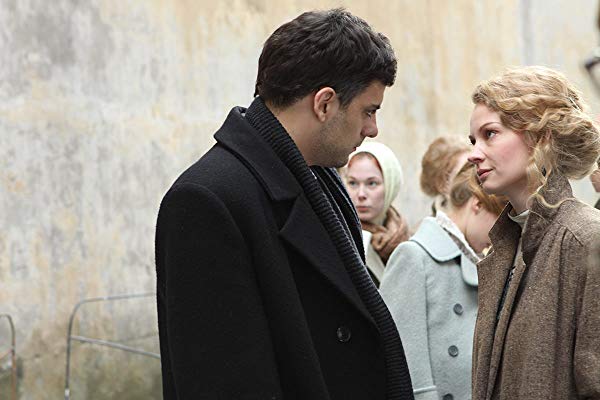
Aleksei German Jr.’s new film chronicles a period of about a year in the life of Sergei Dovlatov, a young Soviet writer in the 1970s. Or rather, a young man trying to become a writer. And it is precisely this: the never-ending attempt to become a writer in the Soviet Union of the second half of the 20th century, which the film will explore further during its 126-minute duration.
“Dovlatov” is a film that attempts to portray the difficulties and particularities of being an independent artist in the Soviet Union. This theme has been seen many times in cinema, but it can always yield good narratives because it is a subject of which any aspiring artist can identify.
In German Jr.’s film, Dovlatov is an aspiring writer who has already submitted his manuscripts to numerous literary magazines. However, he has never been published, something that is essential to be accepted in the writers’ union; and, if one cannot be accepted, one cannot can be considered a true writer.
Dovlatov achieves nothing but a few minor works in newspapers, and the film also shows the difficulties of other artists, especially painters and poets, who suffer similar problems. The protagonist follows the trope of the classic aspiring writer with a strong personality, who will sometimes divide the viewer’s opinion by showing their contradictions and shortcomings. A similar example in recent cinema is in “The Wild Pear Three,” by Nuri Bilge Ceylan, in which the protagonist is very similar to Dovlatov.
8. The Burial of Kojo (2018) Directed by Sam Blitz Bazawule
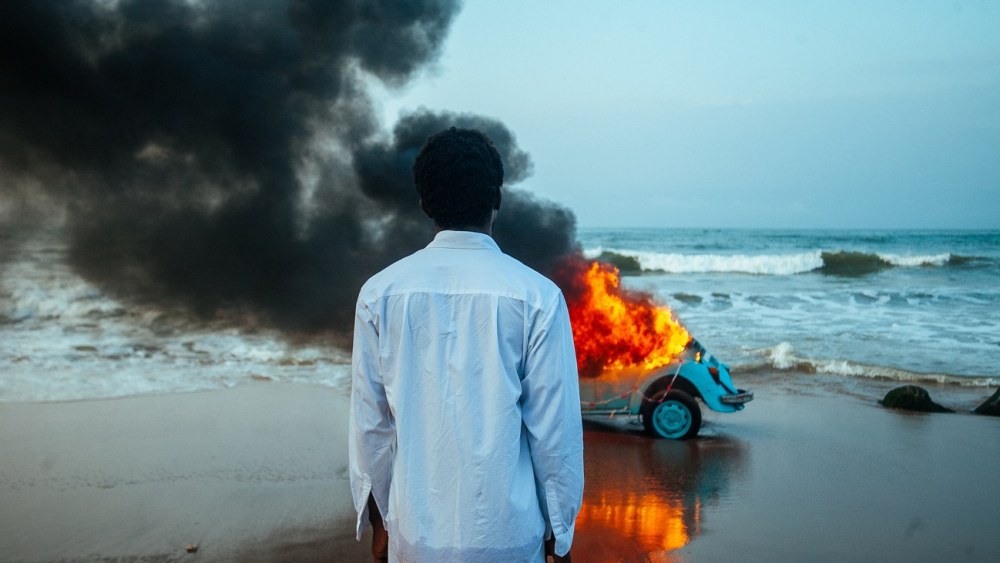
Like F.J. Ossang, Samuel Blitz Bazawule is also known in the music world, where he goes by the name of ‘Blitz the Ambassador’. Having directed a few short films and music videos, the Ghanaian has now directed his debut feature film, “The Burial of Kojo.”
The film is a tale about the story of a man named Kojo who is on the brink of death and who is held hostage by his brother Kwabena, in revenge for Kojo for accidentally killing his wife seven years prior. Now, Kojo’s only hope for survival is his young daughter Esi, who sets out in search of his rescue.
Interspersing moments when it takes on a documentary-style camera, with more dreamlike ones where it explores the fantastic, “The Burial of Kojo” is a film that can easily insert more sensory elements without losing or extrapolating the realistic aesthetics that print in most of the narrative. There are several slow-motion moments when the color palette stands out even more, as well as Michael Fernandez’s great cinematography.
Following the example of other established African films, such as those of Mambety, nature and landscapes play a very important role here, becoming almost an intrinsically constant character throughout the narrative.
7. The Wolf House (2018) Directed by Joaquín Cociña and Cristóbal León
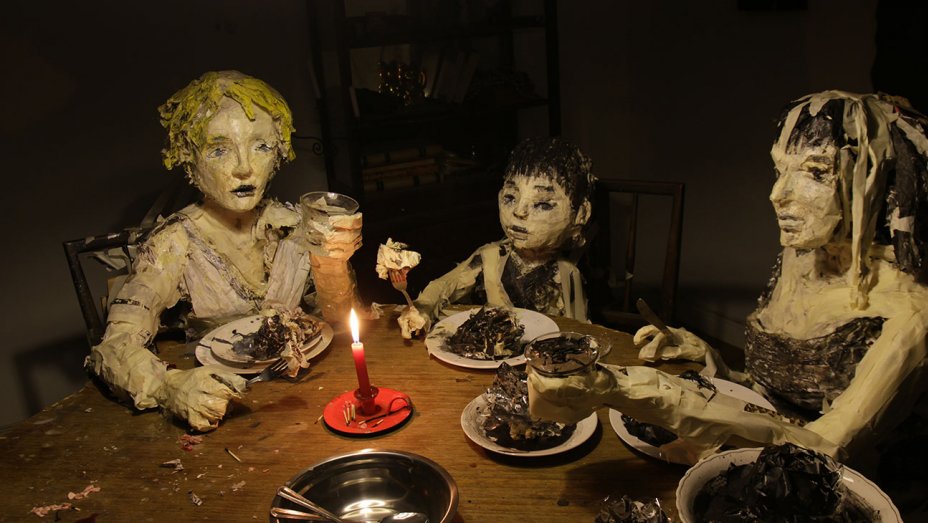
Awarded throughout 2018 in various festivals around the world, the animation of Chileans filmmakers Joaquín Cociña and Cristóbal León is a kind of reimagination of the tale of the three little pigs, here portrayed in a much darker and macabre way.
In “The Wolf House,” we follow the story of Maria, a girl who ends up being punished after she lets three pigs flee the colony where she lives, which is run by a powerful tyrant named Paul Schäfer. The girl decides to run away and take refuge in a mysterious house where she meets two of the runaway pigs, but that’s when things start to get weird.
Blending a huge variety of stop-motion techniques with archival images and other animation techniques, the film impresses not only with the quality of the animation, but also by creating an amazing, scary, and bizarre atmosphere.
6. I Am Not Madame Bovary (2016) Directed by Feng Xiaogang
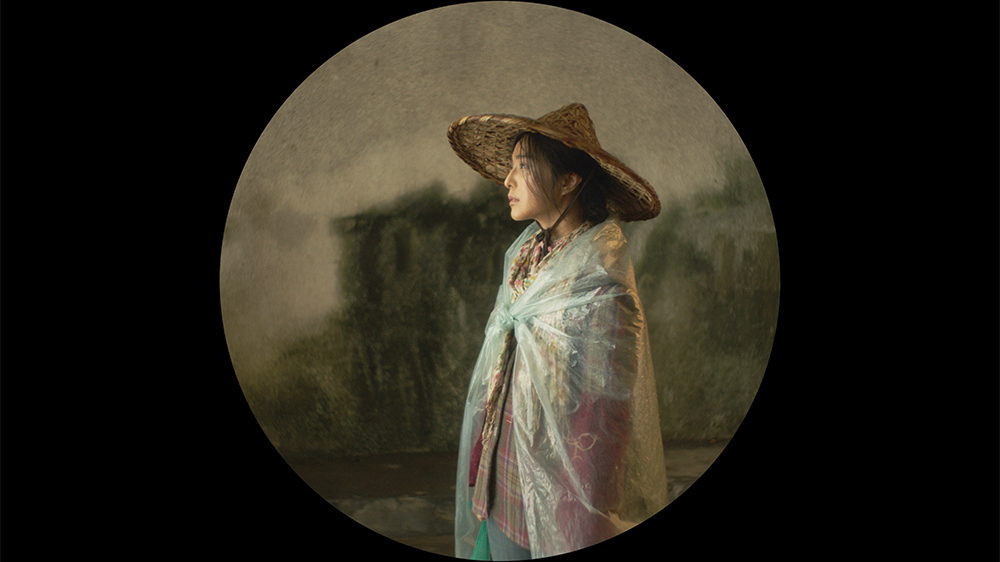
In “I Am Not Madame Bovary,” we follow Li Xuelin’s journey from her small town in the far reaches of the interior of China to the capital. She will do this to try to prove she is innocent of her husband’s accusation of being an adulteress, but in the process she will face many difficulties.
This film from Feng Xiaogang has a dramatic background, but its development is very light and uncompromising, with even a comical and fun air. One of the film’s strong points is its aesthetic beauty, and most notably the change from screen to circular format, alluding to the Chinese paintings of the Song Dynasty period.
It’s interesting how the movie resonates and resembles some aspects of a movie by Cuban director Tomaz Gutierrez Alea, “The Death of a Bureaucrat.” Like Alea, Feng Xiaogang creates with “I Am Not Madame Bovary” a Kafkian tragic comedy, with a beautiful reflection on how difficulty can interfere with the everyday events of ordinary people, carried to the extreme by its protagonist and gaining epic contours.